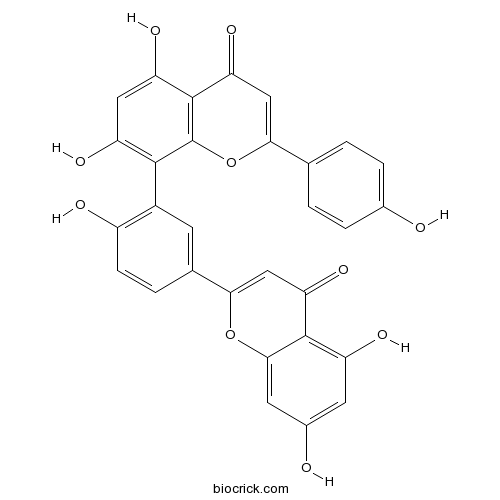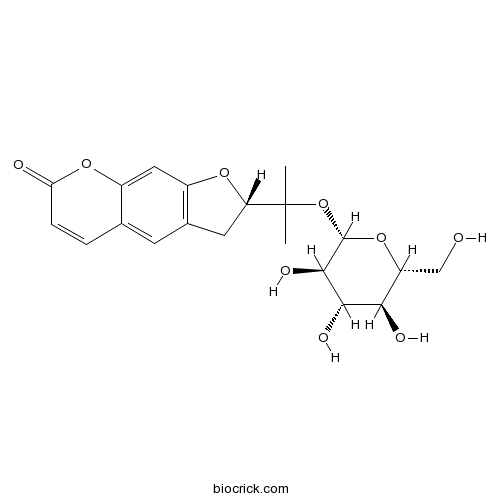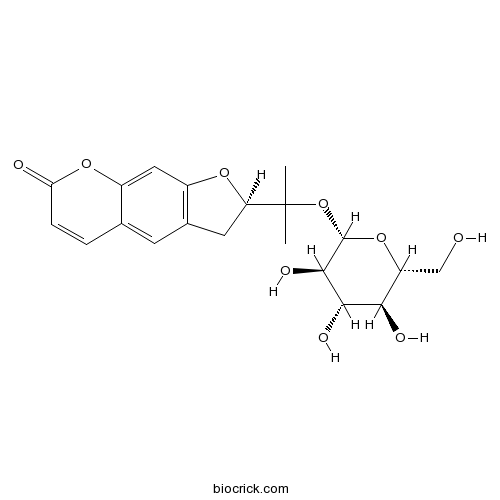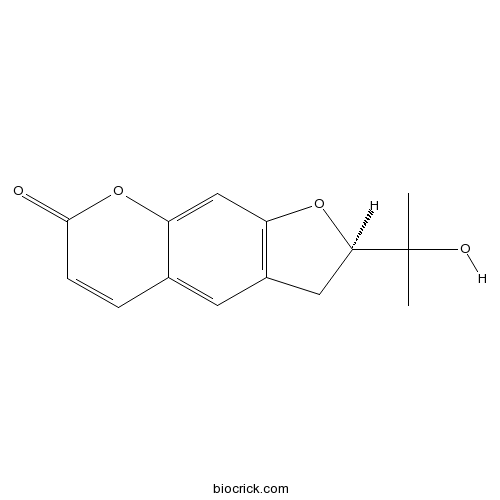Calophyllum membranaceum
Calophyllum membranaceum
1. The products in our compound library are selected from thousands of unique natural products; 2. It has the characteristics of diverse structure, diverse sources and wide coverage of activities; 3. Provide information on the activity of products from major journals, patents and research reports around the world, providing theoretical direction and research basis for further research and screening; 4. Free combination according to the type, source, target and disease of natural product; 5. The compound powder is placed in a covered tube and then discharged into a 10 x 10 cryostat; 6. Transport in ice pack or dry ice pack. Please store it at -20 °C as soon as possible after receiving the product, and use it as soon as possible after opening.
Natural products/compounds from Calophyllum membranaceum
- Cat.No. Product Name CAS Number COA
-
BCN6283
Amentoflavone1617-53-4
Instructions

-
BCN3617
Ammijin495-30-7
Instructions

-
BCN2378
Nodakenin495-31-8
Instructions

-
BCN5604
Nodakenetin495-32-9
Instructions

C-glycosides from the stems of Calophyllum membranaceum.[Pubmed: 29210296]
Three new C-glycosides, calophymembransides D-F (1-3), were isolated from the stems of Calophyllum membranaceum Gardn. et Champ.. The structures were assigned on the basis of spectroscopic data. RXRα transcriptional inhibition and α-glucosidase inhibition assays indicated that all the isolates were inactive.
RXRα transcriptional inhibitors from the stems of Calophyllum membranaceum.[Pubmed: 26569353]
Bioassay-guided fractionation of the 60% ethanol extract of the stems of Calophyllum membranaceum using the RXRα transcription activation assay led to the isolation of two new chromanones, calopolyanic acid methyl ester (1) and isopinetoric acid methyl ester (2), two new xanthones, calophylixanthones A-B (3-4), and one new C-glycoside, calophymembranside C (5), along with 13 known compounds. Their structures were elucidated on the basis of extensive spectroscopic data. Compounds 5, 11 and 18 showed transcriptional inhibitory activity of RXRα with 50% inhibitory concentration (IC50) values of 29.95 ± 1.08, 31.06 ± 9.02, and 25.88 ± 1.62 μM, respectively.
2-Hydr-oxy-1-methoxyxanthen-9-one monohydrate.[Pubmed: 21578390]
In the title compound, C(14)H(10)O(4)·H(2)O, isolated from the roots of Calophyllum membranaceum, the xanthene ring system is almost planar (r.m.s. deviation = 0.008 Å). In the crystal structure, inter-molecular O-H⋯O and O-H⋯(O,O) hydrogen bonds connect the mol-ecules.
Selective cyclooxygenase-2 inhibitors from Calophyllum membranaceum.[Pubmed: 16252917]
Chemical investigation of the anti-inflammatory Chinese folk medicine Calophyllum membranaceum has resulted in the isolation and characterization of three new xanthones (1-3), one new biphenyl C-glycoside (4), and one new phenylethanoid glycoside (5) along with 17 known compounds. Their structures were characterized on the basis of spectroscopic and chemical methods. Two xanthones, 2,6-dihydroxy-1,7-dimethoxyxanthone (1) and 3,4-dihydroxyxanthone, were found to exhibit selective inhibitory activity against cyclooxygenase-2 (IC(50)=2.99 and 1.80 microM) in vitro.


